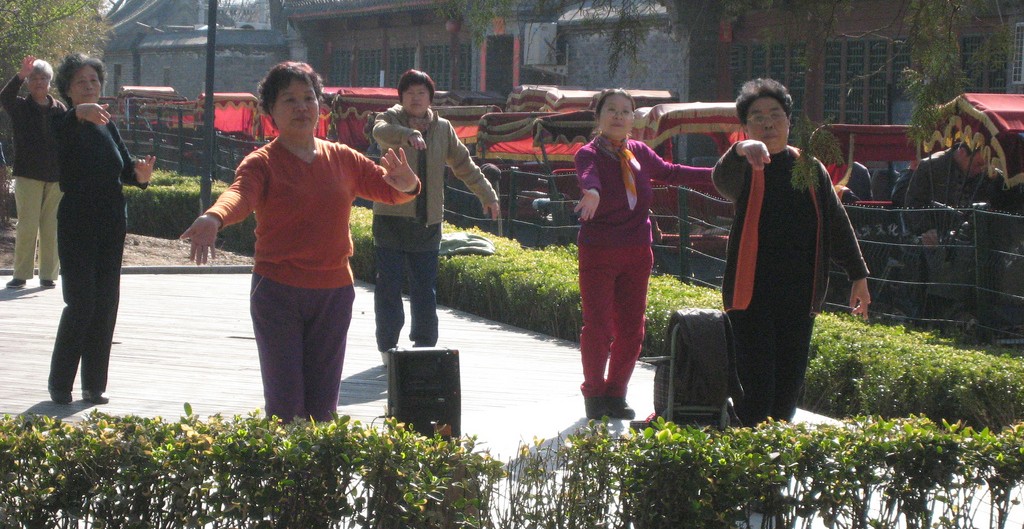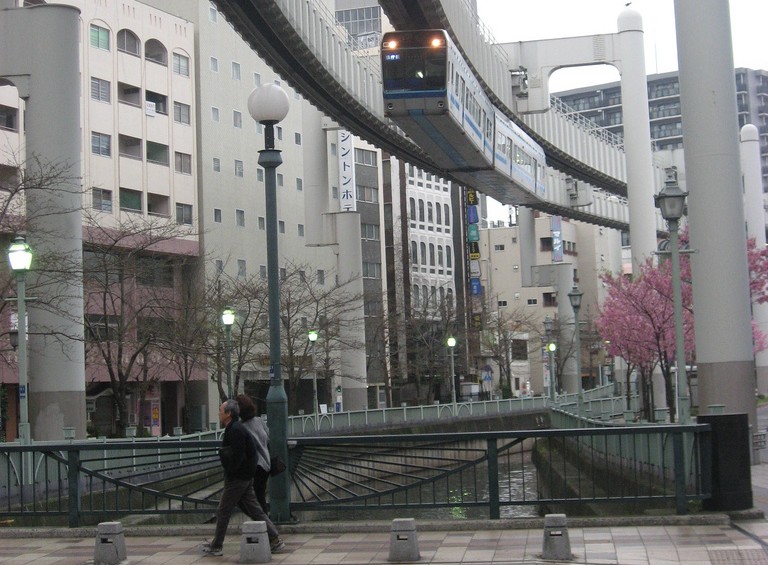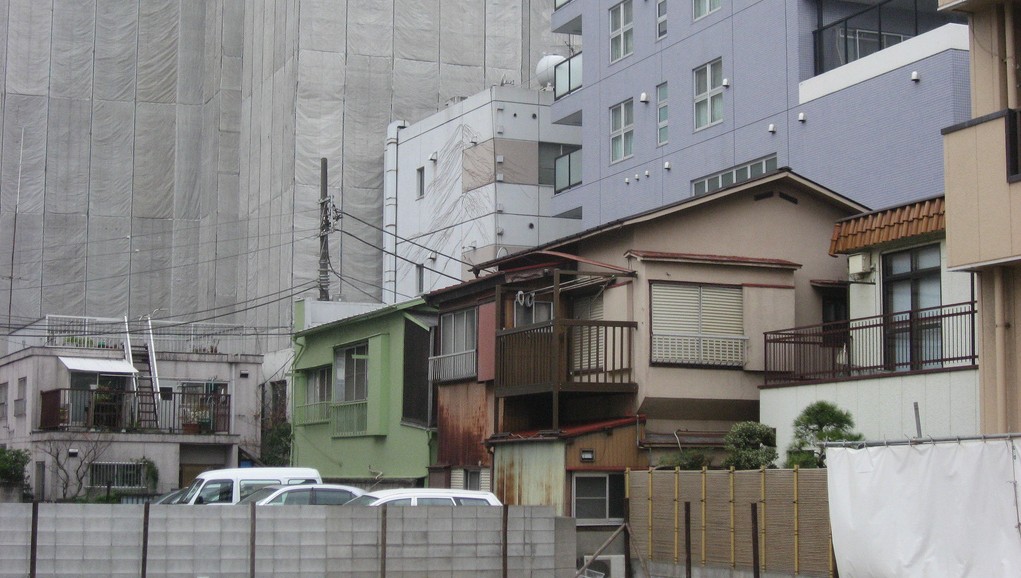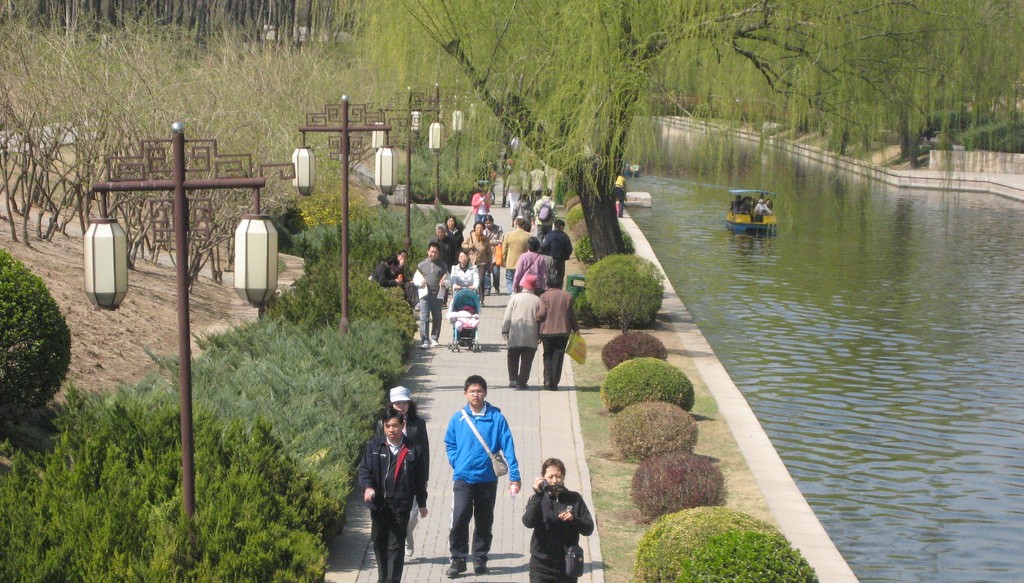Comfort in Public Places




2013-2015
Professor Jack Spengler and the HSPH team is working on this project with Jianxiang Huang (LEEDAP/AICP), an Assistant Professor in the Department of Urban Planning and Design at the University of Hong. Huang's research is focused on the modeling and measurement of thermal comfort in public places. The model, CityComfort+ model, can be used to assess factors of building massing, shading, vegetation on radiant heat balance, and the sensation of human comfort. Using climate forcing methods, future conditions of public places can be used to evaluate alternative designs. Huang leads an a two-phase effort based in Hong Kong to customize and apply CityComfort+ to Chinese cities:
- Phase I: Collect field studies in key public places in selected Chinese cities in order to 1) collect occupant perception and behavior data, and 2) to calibrate CityComfort+ to fit Chinese urban and social context.
- Phase II: Test CityComfort+ with case studies in one or two Chinese neighborhoods, assessing the impact of case study neighborhoods on resident satisfaction, comfort, behaviors, energy use, and health. The hypothesis is that rapidly urbanized neighborhoods impose stresses on natural resources, social interactions, and both physiological and psychological conditions of local residents. The research is expected to contribute to policies and design solutions that can improve the health and sustainability of cities under rapid urbanization.
Following Phase II, the team will produce case studies and publications assessing the relationship between efficient energy use and levels of resident satisfaction in China, and exploring living at high densities, including the psychological, health, and behavioral impact of urban lifestyle in China.
Click here to watch a webinar recording on the CityComfort+ model.




